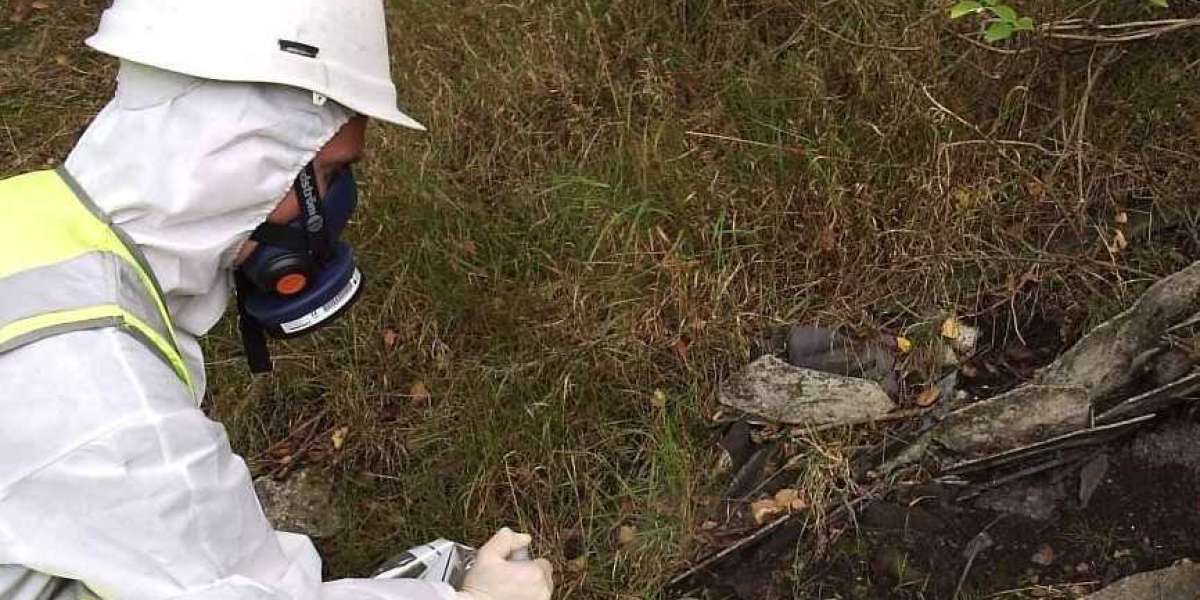There are two main methods of lead and asbestos testing:
- Phase contrast microscopy (PCM) is the most common method for testing building materials for asbestos. It uses a microscope to magnify the fibers and identify their characteristic shape and properties. PCM can detect asbestos fibers that are at least 5 micrometers (µm) long and 0.25 µm in diameter.
- Transmission electron microscopy (TEM) is a more specialized method that can detect asbestos fibers that are smaller than those that can be seen with PCM. TEM uses a beam of electrons to magnify the fibers and identify their chemical composition.
In addition to these two methods, there are also a few other methods that can be used to test for asbestos, such as:
- X-ray diffraction (XRD) can be used to identify the minerals in a material, including asbestos.
- Infrared spectroscopy (IR) can be used to identify the chemical bonds in a material, including asbestos.
- Scanning electron microscopy (SEM) can be used to create images of the surface of a material, including asbestos fibers.
The best method for testing for asbestos will depend on the specific material being tested and the level of accuracy required. PCM is the most common method because it is relatively inexpensive and easy to use. TEM is more expensive and time-consuming, but it can detect smaller fibers and provide more detailed information about the asbestos.
If you are concerned about asbestos exposure, you should contact a qualified asbestos testing company. They will be able to recommend the best method for testing the material in question and interpret the results.
Here are some additional things to keep in mind about asbestos testing:
- Asbestos testing should only be done by a qualified professional.
- The sample should be taken from an undisturbed area of the material.
- The sample should be properly packaged and shipped to the laboratory.
- The results of the test should be interpreted by a qualified professional.
If you are concerned about asbestos exposure, it is important to get the testing done right. By following these tips, you can help ensure that the testing is accurate and reliable.







